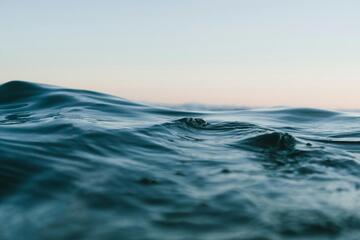WHAT IS THE WATER TREATMENT PROCESS?

An appropriate water treatment process is necessary to ensure a good water quality, otherwise they can represent one of the main causes of water pollution, damaging human health and the environment. Furthermore, excessive chemical levels in rivers, lakes, or seas can promote the rapid growth of algae and aquatic plants, which, as they die and decompose, may significantly reduce oxygen levels in the water. This would clearly be a problem for the fishes.
The purification cycle involves a combination of chemical, physical, and biological processes. The resulting mud is often contaminated with toxic substances and must therefore undergo additional treatments to make it safe for disposal, such as in specialized landfills or for potential reuse in agriculture.
The water treatment process has different steps:
- SIEVING → dirty water is mechanically filtered to free it from large and small solid debris: from pieces of wood to waste that is produced every day (plastic, cotton buds, cigarette butts) and which should never be thrown into the water or the toilet.
- SEDIMENTATION PROCESS → It is used to filter the smallest residues, such as sand, earth, oils and fats, which will be eliminated with a process that consists of making the sedimentable bodies settle on the bottom of the tank or making them float in the case of oils and fats.
- OXIDATION → It consists of the actual purification treatment of water. Biological oxidative treatment consists in the biodegradation by microorganisms of all organic substances present in the water to be purified, until they are transformed into simpler and environmentally harmless substances.
- SECONDARY SEDIMENTATION → This is the final phase of wastewater purification, which comes after the oxidation stage and serves to separate the biological sludge from the clarified or treated effluent. In this stage, the biological sludge settles at the bottom of the secondary clarifier, while the clarified effluent is collected from the surface.
- PROCESS OF DISINFECTION → The discharge of purified water into the environment is permitted only after a disinfection process obtained through the dosing of specific chemical products or physical systems (ultraviolet rays).

